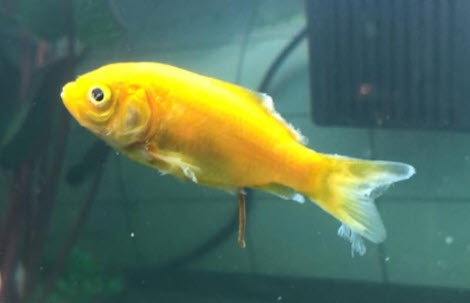
One caution about diagnosing fish diseases. Even with a microscopic examination fish diseases are not easy to diagnose. Most hobbyists have only what their eyes tell them to go on as to what any fish disease is. This means that diagnosis of any fish disease is simply a “best guess”. And these “best guesses” are frequently wrong. So keep this in mind in ALL the following symptom articles.
Unfortunately, diseases of fish do not come with signs saying things like “I have hexamita”. Therefore one must look at the symptoms. And one symptom can have several different “causes”. This is known as “multifactorial aetiology” by scientists. These symptoms are oftentimes termed “syndromes”. Each of these sections looks at the most likely candidates for any given symptom:
11.1. Hole-in-the-head Syndrome
11.2. Stringy White Poop
11.3. Malawi Bloat
11.4. Dropsy
11.5. Hollow Belly
11.6. Swim Bladder Disease
11.7. Shimmying

11.8. Twirling
11.9. Spinal Deformities
11.10. White Skin Blotches
11.11. Red Skin Blotches
11.12. Neon Tetra Disease
11.13. Slime Coat Disease
11.14. Scaly Skin
11.15. Fish Not Eating
11.16. Aggression
11.17. Black Death
11.18. Black Head Syndrome
11.19. Gas Bubble Disease
Note that there is one “symptom” which isn’t a “symptom”. Fish very commonly “flash” and “scratch” against the substrate and rocks. This is especially common after a water change. Unless they are doing this 100% of the time it probably is just an ich they had to scratch. It is nothing serious. If it is constant and really bad it can indicate chlorine poisoning, organics in the water, ick or flukes.
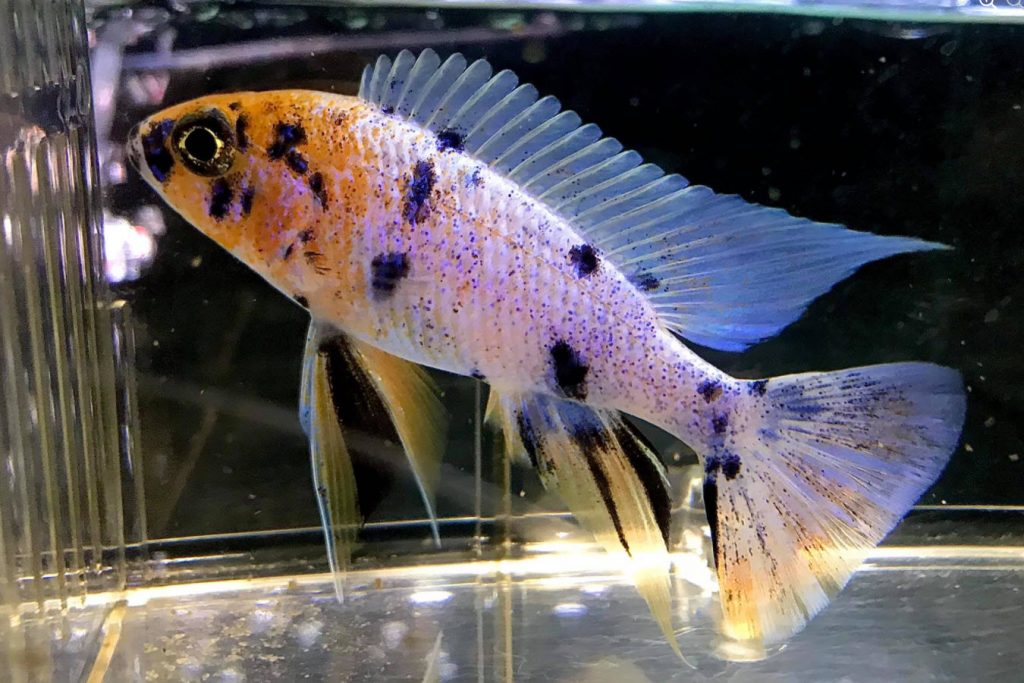
In addition here are some general articles which will be useful when treating any fish disease:
12.1. Basics of Treatment
12.2. Various Treatments Summarized
12.3. Quarantine Tanks
12.4. Ineffective Medications
12.5. Fish Don’t Drink
12.6. Sterilization
12.7. Making Medicated Food
12.8. Euthanizing a Fish
12.9. Avoiding Fish Diseases
12.10. The “Shotgun” Approach

These articles in turn are in addition to all the articles on specific diseases:
10.1. Diseases in General
10.2. External Protozoans
10.2.2. Ich
10.2.3. Velvet
10.2.4. Epistylis
10.2.5. Chilodonella and Costia
10.2.6. Tetrahymena
10.2.7. Cryptobia
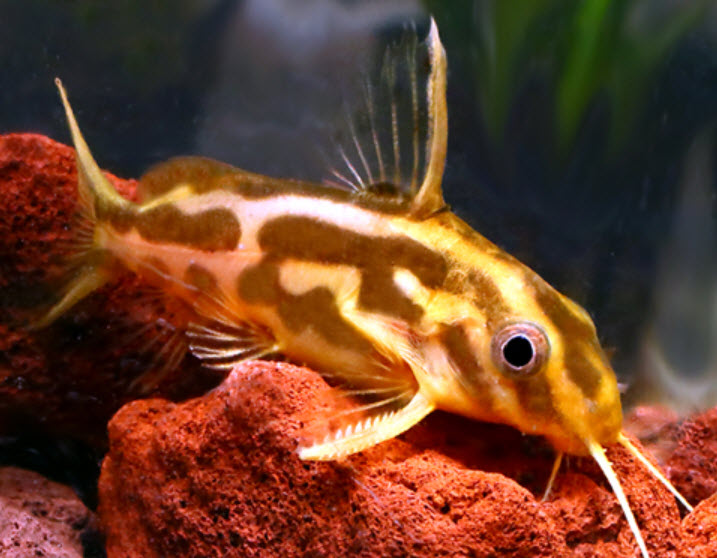
10.3. Bacterial Diseases
10.3.1. Skin Ulcers
10.3.2. Mouth Rot
10.3.3. Duck Lips
10.3.4. Fin Rot
10.3.5. Saddleback
10.3.6. Red Blotches
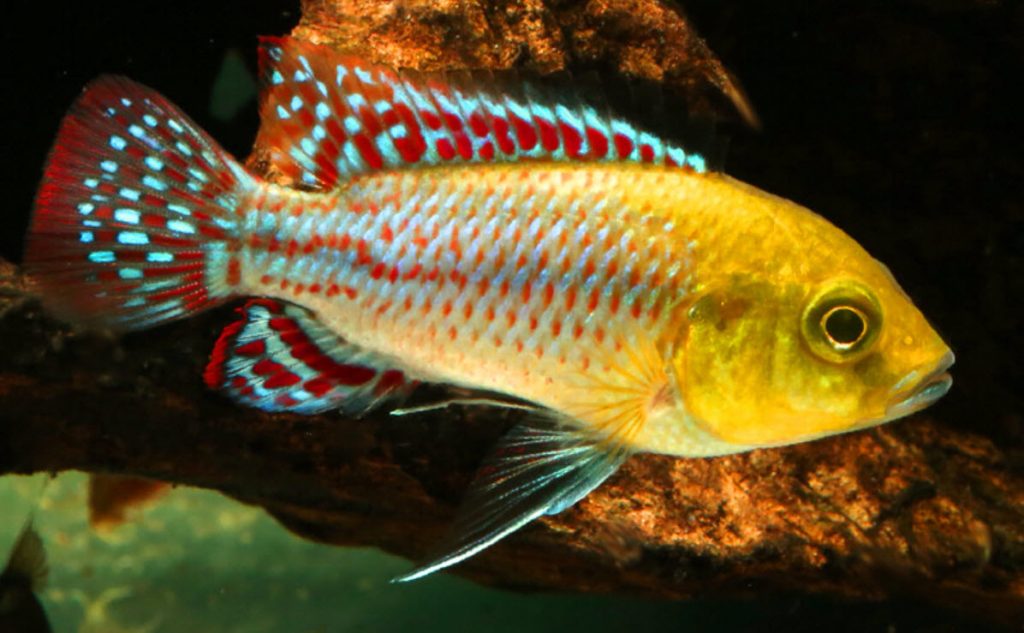
10.3.7. White Eyes
10.3.8. Pop Eyes
10.3.9. Red Gills
10.4. Tuberculosis (Fish TB)
10.5. Hexamita
10.6. Flukes
10.7. Fish Saprolegnia or “Fungus”
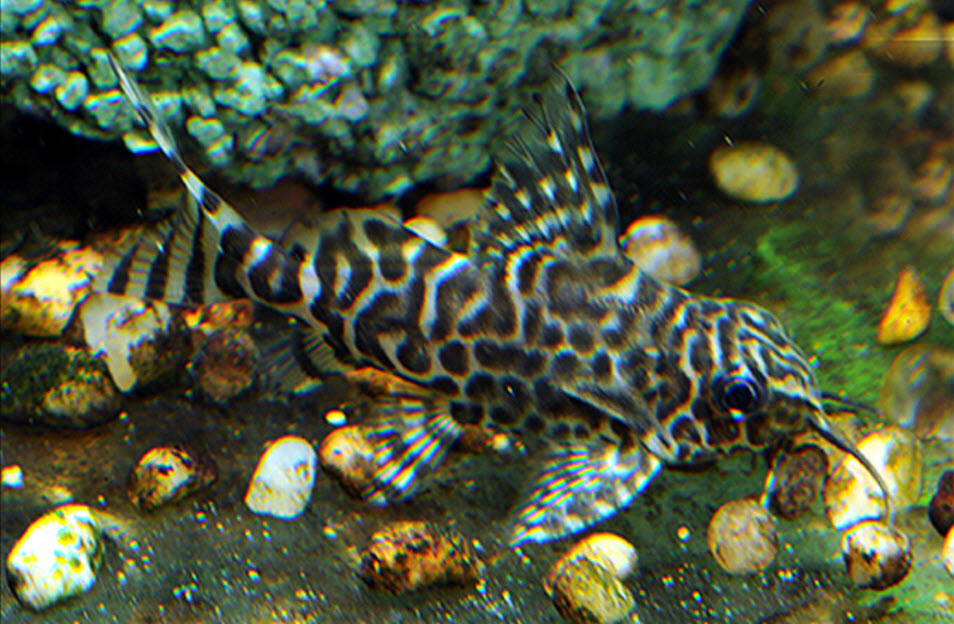
10.8. Lymphocystis
10.9. Anchor Worms
10.10. Black Spot
10.11. Tapeworms
10.12. Nematodes
10.12.1. Camallanus
10.12.2. Capillaria
10.13. Pests in the Aquarium
10.14. Fish Lice
10.15. Dwarf Gourami Disease
10.16. Graphite Disease in Bettas
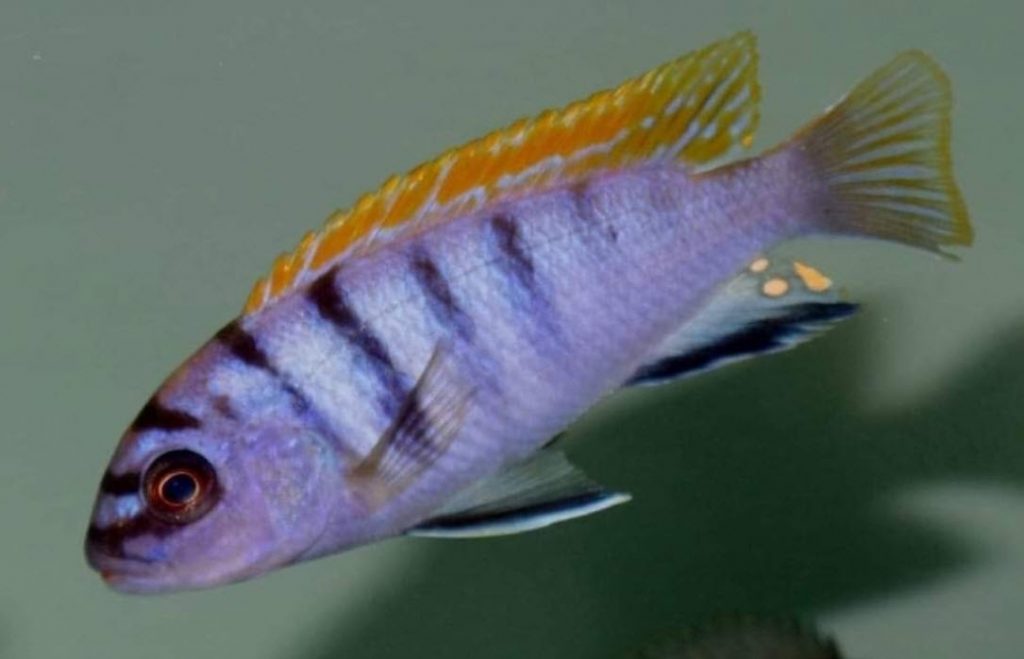
.
Return to Home and Main Menu
.
Aquarium Science Website
The chapters listed below or on the right side in maroon lead to close to 400 articles on all aspects of keeping a freshwater aquarium. These articles have NO links to profit-making sites and are thus unbiased in their recommendations, unlike all the for-profit sites you will find with Google. Bookmark and browse!
.

Brad - UK says
Thanks Dave. I feared that may be the case. In the UK access to antibiotics is hard for animal or humans. It’s going to be a challenge.
I am over filtered so upset that this occurred. Do you think I need to look at environmental issues as well? I.e. something else upsetting the balance that I should investigate?
Thanks,
Brad
Dave says
In reply to Brad …. That is fin rot on both the top and the back fin. The fish needs some antibiotic laced food. https://aquariumscience.org/index.php/10-3-4-fin-rot/
Brad - UK says
Hi Dave,
I think its getting odd – I cannot work out if this is aggression or something else – see image below where the top seems to be missing.
https://www.sanechoice.cloud/wp-content/uploads/2024/07/fish-scaled.jpg
Any ideas?
Brad
Dave says
In reply to Brad …. Just ignore the broken fin issue and it will regrow.
Brad - UK says
Hi Dave,
That bit I showed you seems to have ‘fallen off’, and there is now a gap in the tail where that white bit was on the fish. Is that also normal?!
No other of the 30 fish have any fin rot-looking issues, and that specific fish does not have any other fin degradation – just where that white part was.
Time to panic?!
Thanks,
Brad
Dave says
In reply to Brad …. That is just a broken then healed fin. Pretty common.
Brad - UK says
Hi Dave,
I hope you are well.
Do you have any idea what this is on the platty tail of the fish in the middle? At this stage, the fish is acting normal, eating, and not behaving differently. But this has developed. They are a squably bunch, but this looks a little odd, so consulting an expert!
https://www.sanechoice.cloud/wp-content/uploads/2024/06/fish-tail-scaled.jpg
Whats your thoughts?
Thanks,
Brad
Dave says
In reply to RYudis …. I have no idea why.
RYudis says
Why do fish rub their bodies against objects in the aquarium after being fed pellets?
Dave says
In reply to Rebecca … Sounds like your bacterial infection isn’t 100% gone. I’d keep feeding antibiotics till it clears up.
Rebecca Seeley says
I have a Star Sapphire that had what I thought was a bacterial infection and fed him medicated food four fourteen days, tail stopped being clamped and grew back nicely, quickly. He still has this thing though, it started on his tail and has crept up his body, it’s almost like when you get sunburned and the skin peels and you can see the new and the old skin where it’s peeling. I’m not sure what this is, any ideas? Thank you so much in advanced, I’ve learned so much on this site!!!